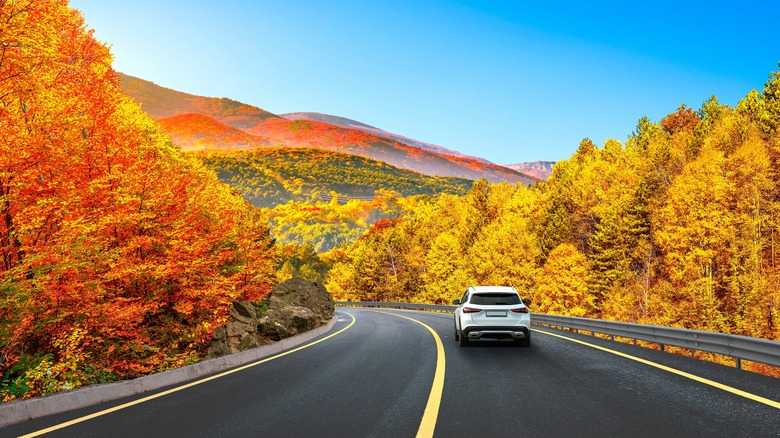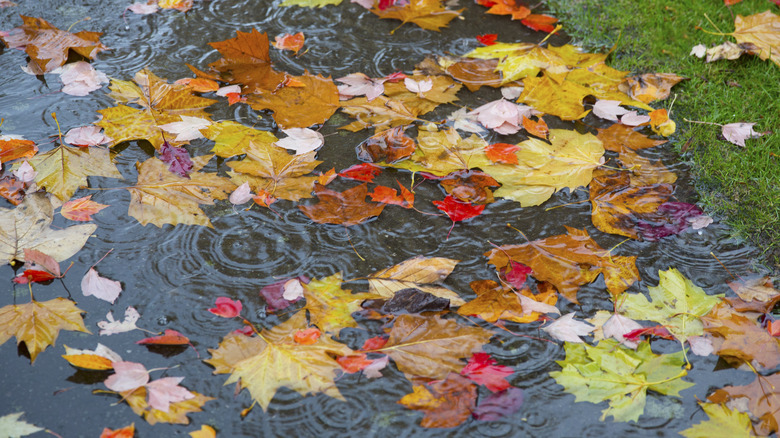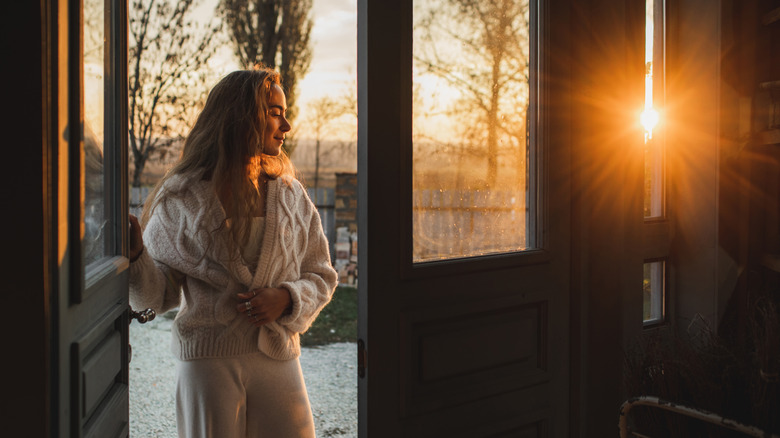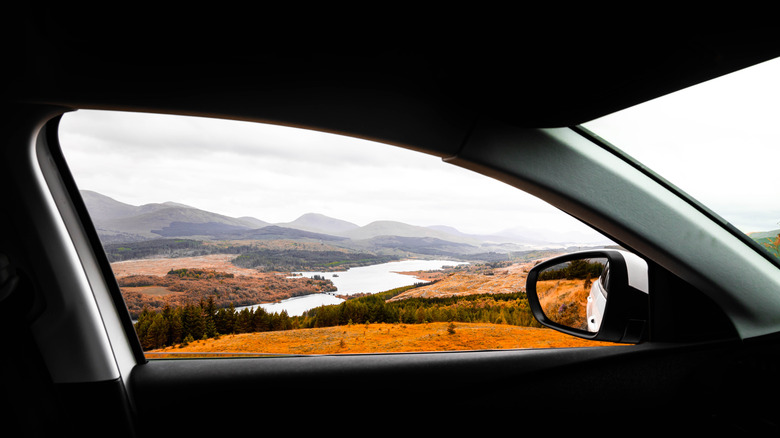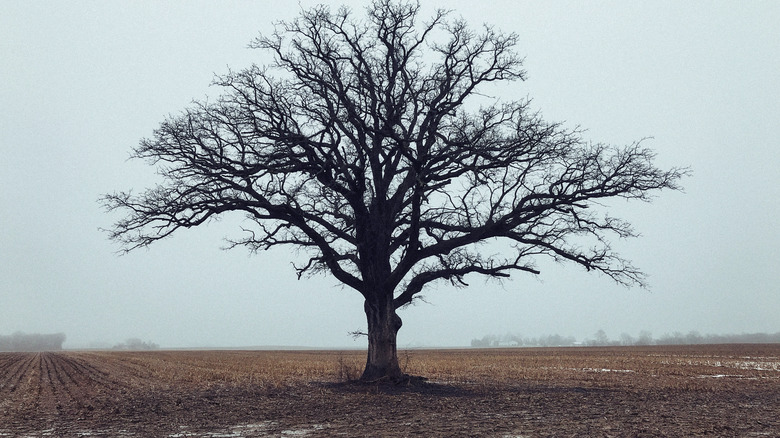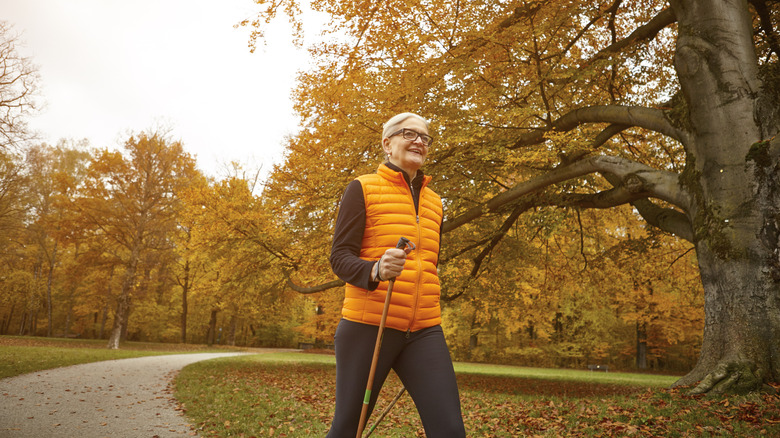5 Essential Travel Hacks For Your Leaf-Peeping Fall Vacation
Cool weather! Halloween! Pumpkin spice! For millions of people across the Northern Hemisphere, fall is by far the best season. Americans hunker down for football games, and wood-stove chimneys smell of smoke. But the best part of fall? The changing colors of the leaves. In parks and forests around the world, deciduous canopies shift from green to red to yellow. Leaves flitter to the ground, and children leap into raked piles.
"Leaf-peeping" is a classic excuse for a road trip, especially in autumnal wonderlands like New England, Appalachia, and the Midwest. In the U.S., there are many established fall getaways for the month of October. But before you pack up the car and beeline to the Adirondacks, you may want to sketch out a plan. Autumn can be a finicky season, and like so many natural occurrences, fall foliage doesn't perform on command. Here are a few tips for getting the most out of your leap-peeping expedition.
Prepare for the weather
Keep your eye on the weather forecast, because skies get moody in the fall. Weather has always fluctuated in four-season climates, and some regions have received an unusual amount of rain: Downpours in Vermont have caused unprecedented flooding in recent years, closing roads and drenching whole towns. Nothing puts a damper on a trip like thick overcast and cold showers, especially if you forgot to bring your rain gear.
Part of fall's charm is chunky sweaters and hot drinks, which can keep you warm on a crisp day. The best advice is always to dress in layers, which includes T-shirts, as temperatures may spike and cause over-dressed hikers to sweat. Bring wind- and water-resistant shells for the grimmer days, as well as durable footwear, since puddles and mud may linger even on the sunniest afternoon. If you plan to spend a lot of time on scenic trails, make sure you're packing the best and safest hiking gear.
Consider a base camp
There are two ways to do any road trip: You can drive to a location, stay the night, and drive to a new location the next day, in perpetuity. Or you can drive to a single place and settle down for a few nights, taking little day-trips from there. Many travelers prefer this "base camp" approach, so they can explore a specific community and get acquainted with its sights and people. This is especially pleasant in fall, when weather can strongly affect driving conditions and outdoor activities. Relaxing in a cozy B&B may prove to be the most appealing part of a long weekend, and by choosing one place from which to base yourself, you can spend more time unwinding rather than checking in and out of new accommodations.
The best getaways are found among backroads and small towns, where the trees are most abundant. The weather is also ideal for sleeping in tents — just one of the many reasons fall is the perfect time to go on a camping adventure.
Drive with caution
Many leaf-peepers admire fall colors from the highway, which offers miles of scrolling scenery and changing terrain. Drivers often slow down to appreciate the views or snap a picture, and they may make frequent stops, either to take in the landscape or to spontaneously grab jugs of apple cider from a roadside orchard. These are all delightful pursuits, the reason for the season. But they may also drive locals crazy; slow-moving tourists get in the way of commuters and truck drivers; pulling over suddenly can be a safety hazard on curving roads; and obviously, no one should ever take a picture while also operating a motor vehicle.
Leaf-peeping is best done in pairs or groups, especially if you're driving; one person can handle the steering wheel and the other takes pictures or video. While it's great to stop and smell the loam, do be conscious of other drivers, who have places to go and may not share your enthusiasm for local vistas. While you're looking for scenic drives, consider some of these beautiful Midwest routes for fall foliage.
Time it with peak season
Just about everyone wants to enjoy autumn at "peak season," when the leaves are most colorful. Travel too early, and the forest is still green with only hints of yellow; travel too late, and all you'll find are naked branches and mounds of dead leaves. You want to coordinate your leaf-peeping session with the breakdown of chlorophyl — a natural process that is sensitive to environmental conditions.
In other words, "peak season" changes each year, and it can depend a lot on weather and location. The farther you head north, the sooner peak season should take place. A cold snap may trigger this change earlier than expected, while unseasonable warmth may extend a peak season for weeks. Just remember that leaves change across parts of North America, Europe, and Asia, not just in go-to spots like New Hampshire and Michigan.
Stay safe during hunting season
It happens every autumn: Hikers park at the trail head, sling backpacks over their shoulders, and take a few steps before suddenly remembering: I forgot to wear hunter-orange. Experienced outdoorspeople know how vital it is to wear "hi-viz" garments during hunting season, and in many places you're legally required to cover a certain percentage of your body in neon colors. Often known as "blaze orange," these bright hues helps hunters distinguish humans from animals. Note: The absolute worst thing you can wear is a brown outfit with cream-colored gloves, as this combination is easily mistaken for a white-tailed deer.
"Hunting season" is actually a complex schedule of overlapping windows for different types of hunters and game. Fall is a popular time for marksmen and archers across the U.S., but the calendar and rules vary significantly from state to state. If you're not sure when hunting season starts or ends in your region, just err on the side of caution and bring that orange vest. No matter what the season, here are some other hiking safety tips everyone should know.
